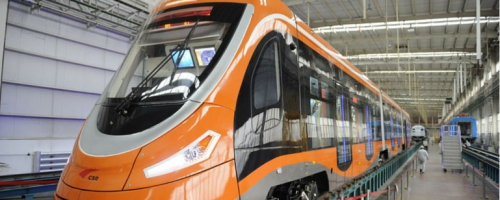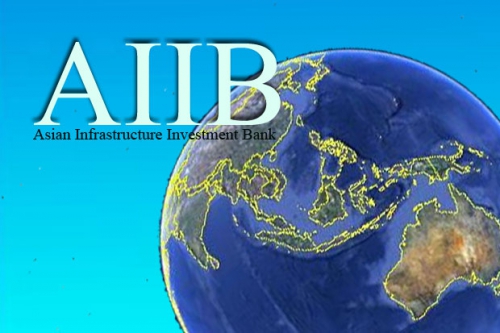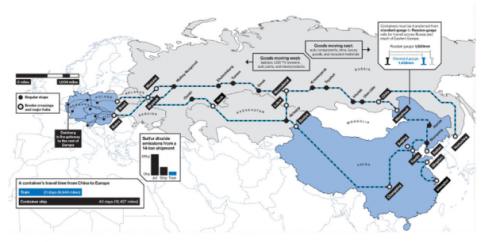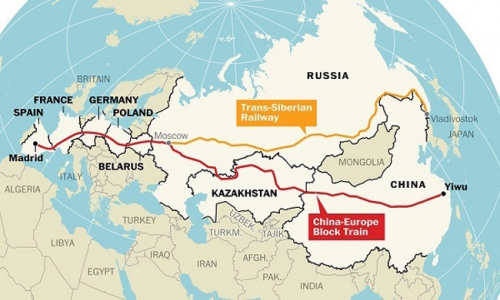I know of no comparable global Great Project to equal what is now unfolding, bit-by-bit, as China reveals more about her Silk Road Economic Belt high-speed railway infrastructure network. And it’s now clear that the road will be filled with entire new cities, industrial zones, construction, improving standards of living for hundreds of millions of people previously abandoned. The implications for founding a new global alternative to the bankrupt dollar system are immense.
The Chinese don’t dither around when they’ve reached a consensus. The project of President Xi Jinping to develop a new economic space across Eurasia from Beijing to the borders of the European Union, which he unveiled during one of his first foreign visits as President in 2013 in Kazakhstan, is now known as the New Silk Road Economic Belt.
The project is emerging as the centerpiece of a renaissance in infrastructure construction that will transform and lift the entire world economy for decades. For the economic space encompassing China and Asia, a recent study estimated that over the next years some $8 trillion of infrastructure investment will be needed to bring those economies into modern standards of commerce and development.
A rail renaissance
China began several years ago drawing up plans for a colossal Eurasian and Asian rail infrastructure series of high-speed railroads to provide a future alternative to transport trade to the world. In 2010 Wang Mengshu of the Chinese Academy of Engineering revealed in an interview that China was examining plans to construct a high-speed railway system that will weave together high-speed rail links across Asia and Europe by 2025.
That same year China began what then was the first leg of three planned rail legs. The domestic Chinese part of one route starts in Kunming in Yunnan Province and runs south to Singapore. A second route starts in Urumqi, capital of the Xinjiang Uyghur Autonomous Region, and connect Central Asian countries such as Kazakhstan, Uzbekistan and Turkmenistan with Germany. A third line will connect the city of Heilongjiang in northern China with Eastern and Southern European countries via Russia. At that time China’s aim was to create a pan-Asian rail network to connect 28 countries with 81,000 kilometers of railways.
With Chinese diligence, the country began buying the state-of-the-art high-speed rail equipment from Germany, France, Japan and Canada. By 2010 China had developed its own high-speed rail systems, with advanced trains which run at over 350 kilometers per hour. By 2012 China had built 42 high-speed lines inside China, conceived in their national planning as preparation to launch the greater Eurasia and Asia expanded rail links. China understands the economic value of infrastructure as few nations today. Given the extent of deployment internally since then, today China stands to become the world’s leading exporter of advanced high-speed railway technology to the nations of Asia and Eurasia including Russia, Kazakhstan and Belarus.
On September 7, 2013 in a speech before Kazakhstan President Nursultan Nazarbayev, China’s newly-installed President Xi proposed, for the first time officially, his global New Silk Road strategy, suggesting that China and Central Asia join to build a “Silk Road Economic Belt” to boost cooperation.
Xi proposed that Kazakhstan and other relevant Central Asian countries, including Russia, increase communication and promote regional economic integration in terms of both policy and law. He proposed concretely that China and Central Asian countries compare notes on their respective economic development strategy and work together to formulate plans and measures for regional cooperation. Xi also said that they should work to improve traffic connectivity to open the strategic regional thoroughfare from the Pacific Ocean to the Baltic Sea, and set-up a network of transportation that connects Eastern, Western and Southern Asia. Xi also proposed trade be done with local-currency settlement and not via the US dollar to improve their immunity to financial risks from US future financial warfare, the kind of financial warfare the US Treasury initiated around that time against Iran oil payments and in March 2014 against Russia.
At that time Russia was focused on the war in Syria, on hosting the showcase Sochi Winter Olympics and had not yet clearly formulated its own Eurasian Economic Union in detail. The US coup d’etat in Ukraine that began with Maidan Square protests in November 2014 and escalated into a de facto war situation on the part of NATO against Russia since then, dramatically concentrated Russian energies on developing alternative strategies and firm partners and allies to withstand what were clear threats to Russia’s very existence as a sovereign nation. At the same time China was being confronted by US encirclement in the East China Sea and across Asia known as Washington’s military “Asia Pivot,” aka China Pivot strategy, of containing China’s future economic and political emergence. Ironically, those very US escalations of military pressure brought the two giants of Eurasia—China and Russia—closer together than ever in history.
New Silk Road begins
Those events, which no one could have clearly foreseen in 2010, catalyzed the most dramatic series of changes in world geopolitics since May, 1945. Only this time, as the American Century is sinking in debt and economic depression, Eurasia is rapidly emerging as the most dynamic and far the largest and richest region in the world in terms of resources and especially human resources.
This fact was underscored by the recent visit of China president Xi to three key member countries of the Eurasian Economic Union. A day before Xi was to be one of the honor guests at the May 9 Victory Day celebrations, he had closed door talks with Vladimir Putin. After those talks Putin announced that the two countries had signed a decree on cooperation in connecting the development of the Eurasian Economic Union with the Silk Road Economic Belt project. “The integration of the Eurasian Economic Union and Silk Road projects means reaching a new level of partnership and actually implies a common economic space on the continent,” Putin said.
China agreed to also invest $5.8 billion in the construction of the Moscow-Kazan High Speed Railway, a major boost at a critical time for a project that will be extended to China through Kazakhstan, a part of the route of the new Silk Road project. The total cost of the Moscow-Kazan high speed railroad project is $21.4 billion.
Wasting no time, on May 13, China Railway Group announced it had won a $390 million contract from Russia to build the Moscow-Kazan high-speed railway which is to be further extended to China as part of the new Silk Road project. A consortium led by China Railway with two Russian companies will jointly survey and conduct regional development planning and design for the Moscow–Kazan segment of the Moscow–Kazan–Yekaterinburg high-speed railway line in 2015-2016 according to a report from RT in Moscow.
Chinese participation in the planned Moscow-Kazan. Ekaterinburg High-Speed Rail segment will integrate Russia into the New Silk Road Economic Belt
The day before, on May 7, China’s Xi was in Astana meeting with Kazakhstan President Nazarbayev to concretize Kazak participation in the New Silk Road. China, Kazakhstan and Russia are all founding members of the Shanghai Cooperation Organization as well. Construction on the China-Kazakh part of the New Silk Road high-speed rail line is already underway from China’s side.
The visits of Xi to Kazakhstan and Russia were followed with a three day visit of Xi to Belarus on May 10. Belarus is geographically a critical potential link in a more peaceful world, between the countries of the European Union and the Eurasian countries within the developing New Silk Road project. After their meetings Belarus President Alexander Lukashenko announced he too had agreed to make Belarus a platform for the development of the New Silk Road Economic Belt. Lukashenko revealed that 20 years before as a member of the Parliament of the new independent Belarus as the Soviet Union dissolved he made a visit to China: “I adopted China’s step-by-step economic reform style in Belarus…” That puts the three key countries of the new Eurasian Economic Union—Russia, Kazakhstan, Belarus—fully in the New Silk Road Economic Belt project.
Opening Eurasia to real development
One intriguing and potentially very strategic side benefit of the vast Silk Road Eurasian Economic Union integration that has just been decided will be the dramatic change in the development possibilities of some of the world’s richest undeveloped raw materials, including of gold. Russia and Central Asian states hold perhaps the world’s largest reserves of every imaginable metal and minerals.
Both China and Russia have been building their central bank gold reserves as rapidly as possible. Economic exploitation of gold reserves in Central Asia could become a significant support for that effort.
During Soviet times gold was part of Soviet National Bank reserves but considered a “capitalist relic.” After 1991, in the chaotic collapse of the Soviet Union, Western intelligence agencies in cooperation with Italian organized crime and criminal former Soviet senior bureaucrats organized the theft of the entire gold reserves, more than 2,000 tons of bullion, from the Soviet Gosbank vaults, a crime announced by bank chairman Geraschenko, himself reportedly a secret participant in the theft, to an astonished Russian parliament.
Since Putin became president in 1999, the Russian central bank has been steadily restocking its central bank gold. Today according to official IMF statistics, Russia’s Central Bank has managed to accumulate 1238 Tons of gold reserves. In April alone Russia bought 30 tons.
The existence of central bank gold reserves has been shrouded in mystery for the country allegedly the world’s largest gold reserve holder, the US Federal Reserve Bank. In 2011 IMF Director General Dominique Strauss-Kahn demanded an independent physical audit of Federal Reserve gold. The Federal Reserve gold has never been audited. Strauss-Kahn reportedly had information that the 8000 tons of gold reported to be held by the US was gone.
The IMF head became concerned reportedly after the United States began “stalling” its pledged delivery to the IMF of 191.3 tons of gold agreed to under the Second Amendment of the Articles of Agreement to fund what are called Special Drawing Rights (SDRs). Some days later a bizarre hotel sex scandal forced the abrupt resignation of Strauss-Kahn and an end to IMF calls for a gold audit.
Whatever the true state of US Fed gold reserves, it’s clear that both Russia and China are stocking gold bullion to back their currencies as they carefully create a new architecture to replace the US dollar system.
Despite US financial warfare efforts, Russia state finances are also remarkably healthy in comparison with those in the West. In the USA government debt officially is well over $17 trillion or 105% of GDP. Greek debt is 177% of GDP. The Eurozone countries average debt to GDP is 91% and Germany 74%.
In Russia state debt is about 18% of GDP. China’s debt is around 43% according to latest IMF data.
Belarus, Kazakhstan, Russia and China have all substantially increased their official gold reserves since the first quarter of 2000. Now it emerges that gold is intended to be a vital element in the OBOR—One Bridge, One Road—Silk Road project.
At a Dubai commodities conference in April this year, Albert Cheng, Managing Director of the World Gold Council, revealed that China is consciously looking to integrate its search for gold with the Silk Road economic project over the next ten years. He cited a statement from Xu Luode, President of Shanghai Gold Exchange and a National People’s Congress (NPC) delegate who proposed to integrate gold market development into the strategic development plan of Silk Road Economic Belt at the March, 2015 meeting of the Chinese Central Committee. He suggested a mechanism to involve major gold producers and users along the new rail routes through Kazakhstan and Russia. He also proposed that the Chinese government’s development of those resources make the Shanghai Gold Exchange the trading hub, and be integrated into the Silk Road Economic Belt plan.
The opening of the new network of Eurasian high-speed rail infrastructure will open entire new areas of mineral riches to development. On May 11, 2015, China’s largest gold mining company, China National Gold Group Corporation (CNGGC), signed an agreement with Russian gold miner Polyus Gold to deepen ties in gold exploration. Announcing the deal, Song Xin, general manager of CNGGC and President of the China Gold association, said, “China’s Belt and Road Initiative brings unprecedented opportunities for the gold industry.” Song Yuqin, Deputy General Manager of the Shanghai Gold Exchange stated, “The gold trade is expected to become a significant component of transactions by ‘Belt and Road’ countries.”
The Eurasian region in fact holds every conceivable mineral and rare earth metal known in vast quantities. That will now become economically feasible to develop with presence of high-speed freight rail infrastructure.
The Great Silk Road Economic Belt is clearly going to happen and fast. The emerging reality of the network of New Silk high-speed rail infrastructure, a wide-spanning network of road and rail links between all Asian and Central Asian nations, will be the heart of a new economic world. It is a well-known phenomenon of economics that as transportation infrastructure is developed there is a stronger GDP growth in each connected nation, a multiplier effect as entire new markets grow up. Clearly Eurasia is the place to be as Vladimir Putin and Xi Jinping have demonstrated.
F. William Engdahl is strategic risk consultant and lecturer, he holds a degree in politics from Princeton University and is a best-selling author on oil and geopolitics, exclusively for the online magazine “New Eastern Outlook”.
First appeared: http://journal-neo.org/2015/05/28/china-s-new-roads-to-russia/




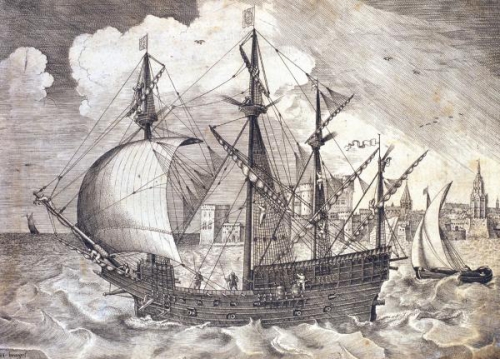

 del.icio.us
del.icio.us
 Digg
Digg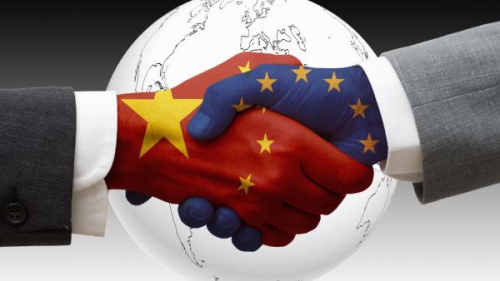
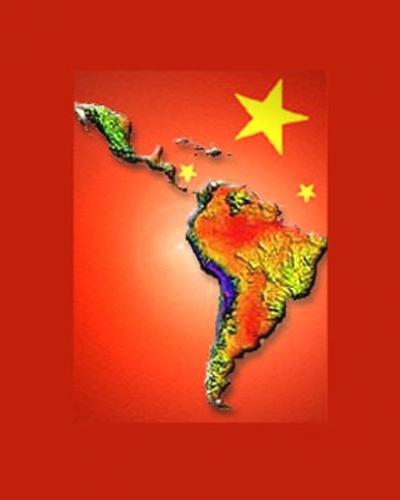


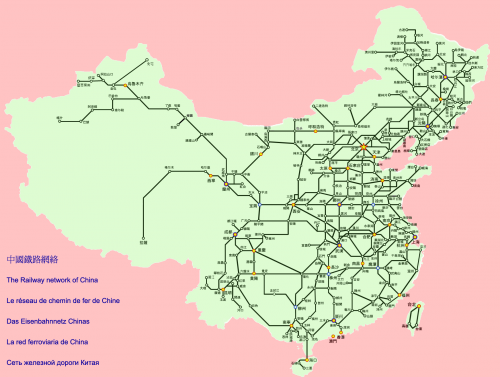
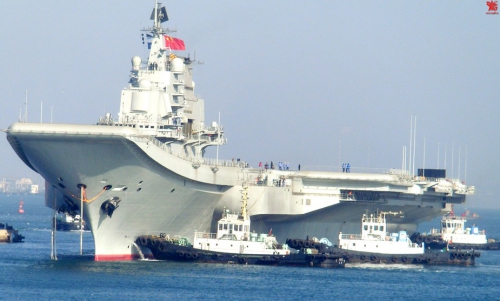
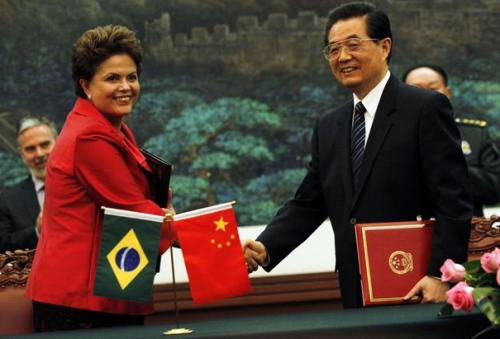
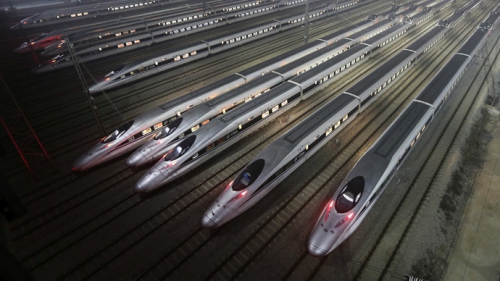
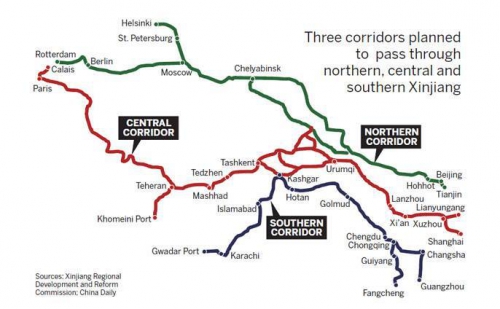
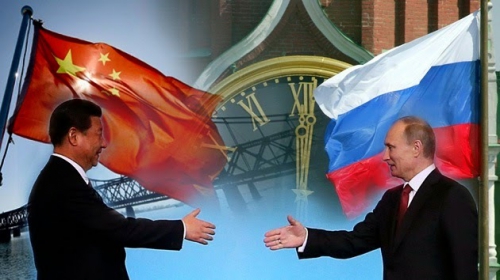
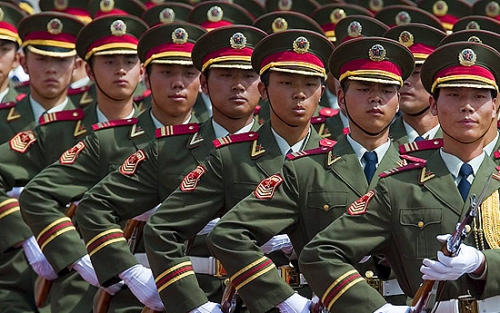
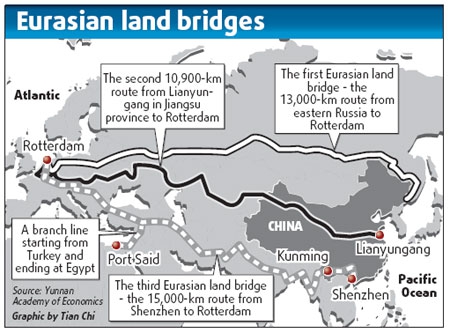
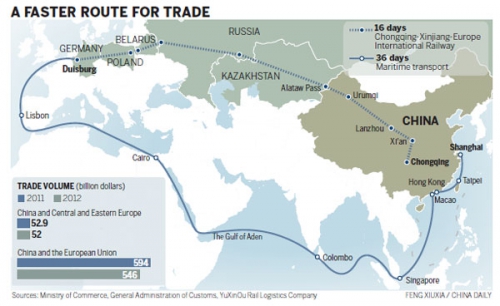
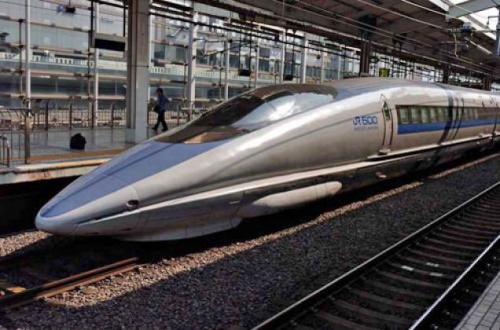
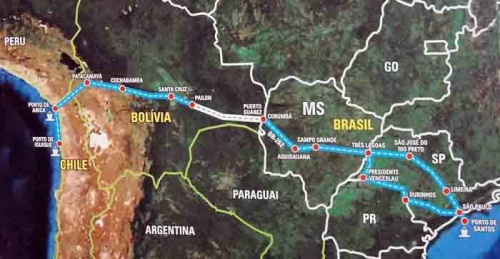
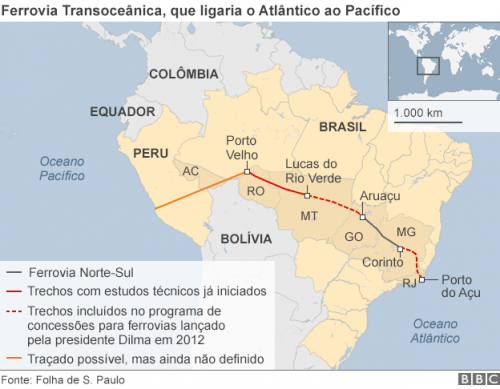

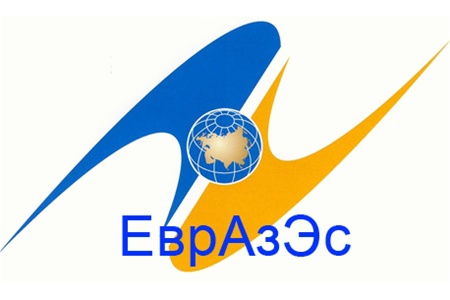

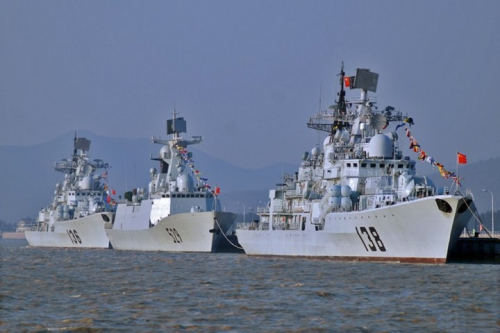
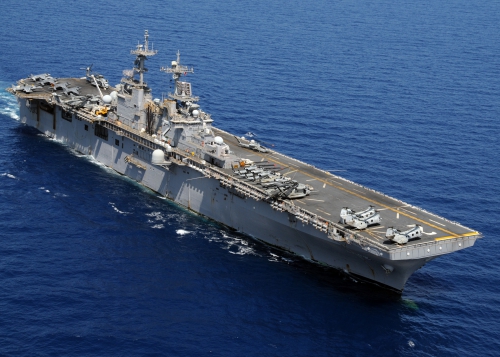
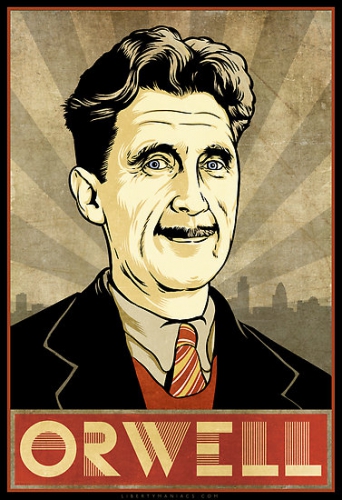 La implantación del comunismo en China en 1949, después de una prolongada guerra civil, en cuyo desenlace jugó un importante papel la incomprensión del problema por parte del gobierno de los Estados Unidos miembros de la Secretaría de Estado veían en Mao Tse tung, no un marxista leninista, sino a un «reformador agrario»-, supuso la realización de los experimentos sociales de consecuencias más desoladoras en la historia de la humanidad. Ante la magnitud de los datos que se conocen hoy, es muy posible que, en número de víctimas, se superase incluso las terribles cifras del estalinismo. Sobre dichas consecuencias trágicas existen numerosísimos testimonios no sólo de estudiosos occidentales, sino originales chinos.
La implantación del comunismo en China en 1949, después de una prolongada guerra civil, en cuyo desenlace jugó un importante papel la incomprensión del problema por parte del gobierno de los Estados Unidos miembros de la Secretaría de Estado veían en Mao Tse tung, no un marxista leninista, sino a un «reformador agrario»-, supuso la realización de los experimentos sociales de consecuencias más desoladoras en la historia de la humanidad. Ante la magnitud de los datos que se conocen hoy, es muy posible que, en número de víctimas, se superase incluso las terribles cifras del estalinismo. Sobre dichas consecuencias trágicas existen numerosísimos testimonios no sólo de estudiosos occidentales, sino originales chinos.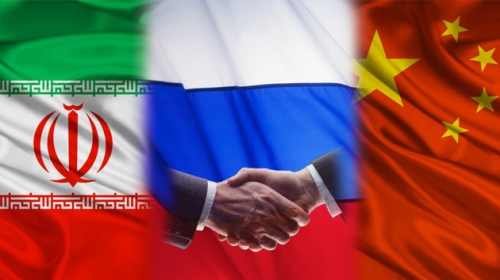

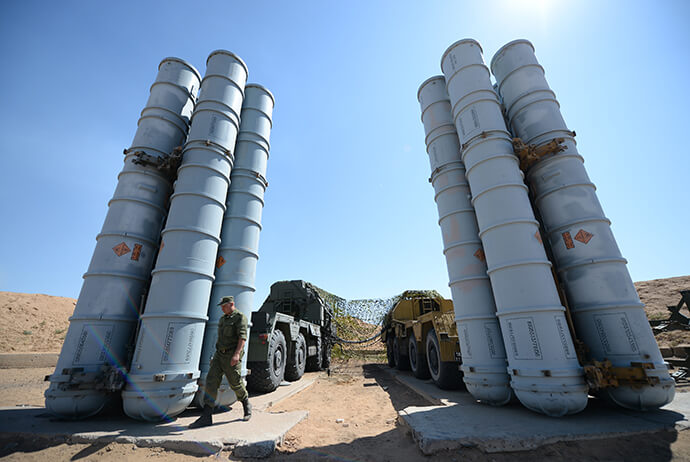
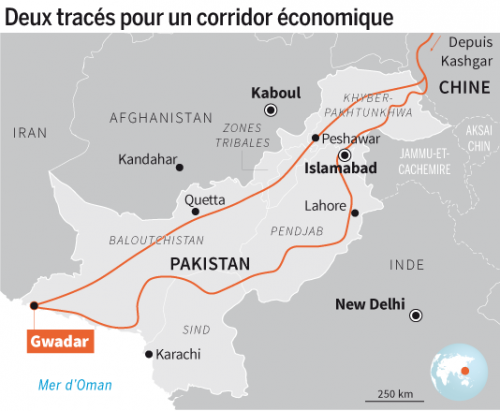
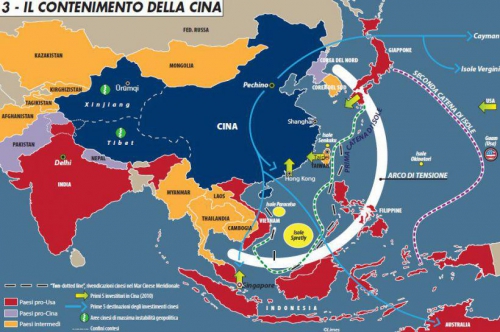
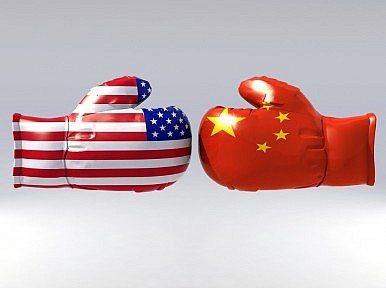 Cependant, désormais d’autres groupes ethniques ont été encouragés par les affrontements, ils
Cependant, désormais d’autres groupes ethniques ont été encouragés par les affrontements, ils 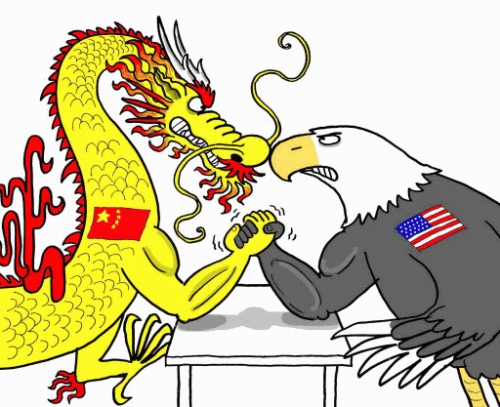
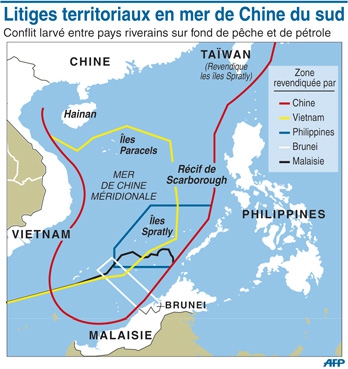 Ce qui compte le plus ici n’est pas de savoir si les Philippines peuvent gagner (ce qui est hautement improbable), mais le fait qu’elles puissent devenir une ‘Ukraine d’Asie du Sud-Est’, faussement dépeintes par les médias mainstream comme victimes d’une grande puissance non-occidentale (alors qu’en réalité les rôles ont été inversés) et partiellement sacrifiées afin de servir de cri de ralliement pour la concrétisation de la CEC. Non seulement la CEC serait-elle formalisée par un tel scénario, mais tous les partenaires officiels et non-officiels des Philippines pourraient également inonder la Mer de Chine du Sud de leur soutien, y établissant peut-être même une présence permanente de facto (même si il y est plutôt fait référence comme étant une présence ‘
Ce qui compte le plus ici n’est pas de savoir si les Philippines peuvent gagner (ce qui est hautement improbable), mais le fait qu’elles puissent devenir une ‘Ukraine d’Asie du Sud-Est’, faussement dépeintes par les médias mainstream comme victimes d’une grande puissance non-occidentale (alors qu’en réalité les rôles ont été inversés) et partiellement sacrifiées afin de servir de cri de ralliement pour la concrétisation de la CEC. Non seulement la CEC serait-elle formalisée par un tel scénario, mais tous les partenaires officiels et non-officiels des Philippines pourraient également inonder la Mer de Chine du Sud de leur soutien, y établissant peut-être même une présence permanente de facto (même si il y est plutôt fait référence comme étant une présence ‘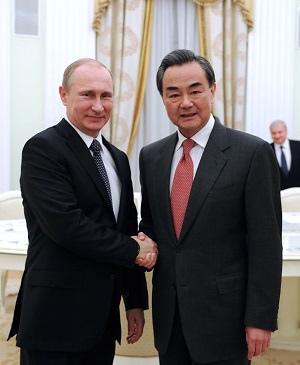 A Moscou, Wang a souligné à la fois la politique Look East de la Russie et celle de la Chine Go West – qui englobent essentiellement l'immense projet de Nouvelles Routes de la Soie – disant que ce projet « a créé des opportunités historiques pour l'amarrage des stratégies de développement des deux pays. »
A Moscou, Wang a souligné à la fois la politique Look East de la Russie et celle de la Chine Go West – qui englobent essentiellement l'immense projet de Nouvelles Routes de la Soie – disant que ce projet « a créé des opportunités historiques pour l'amarrage des stratégies de développement des deux pays. »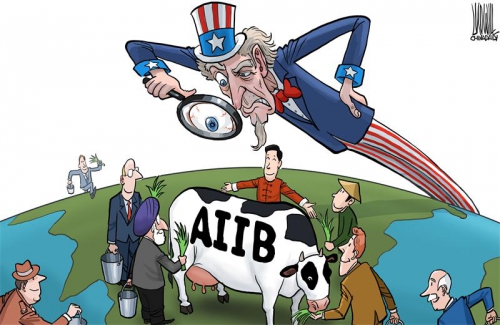
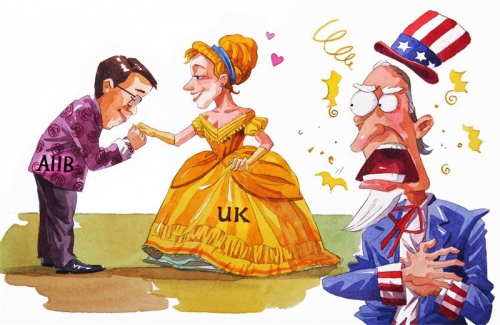
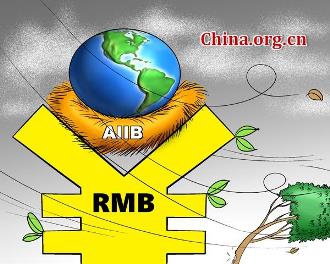 Le 17 mars, à Pékin. Martin Schulz, le président du Parlement européen a qualifié de « bonne chose » les
Le 17 mars, à Pékin. Martin Schulz, le président du Parlement européen a qualifié de « bonne chose » les 